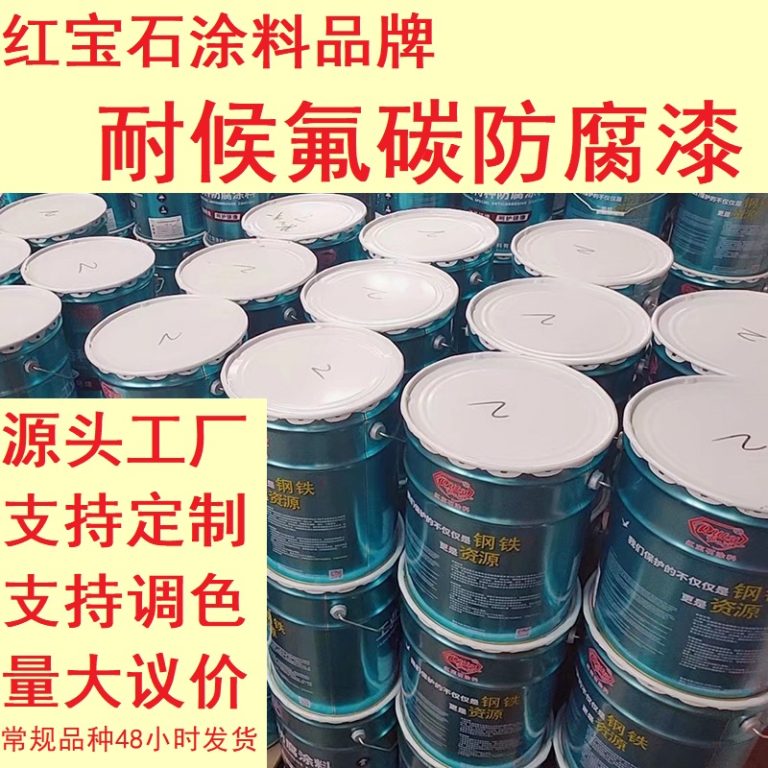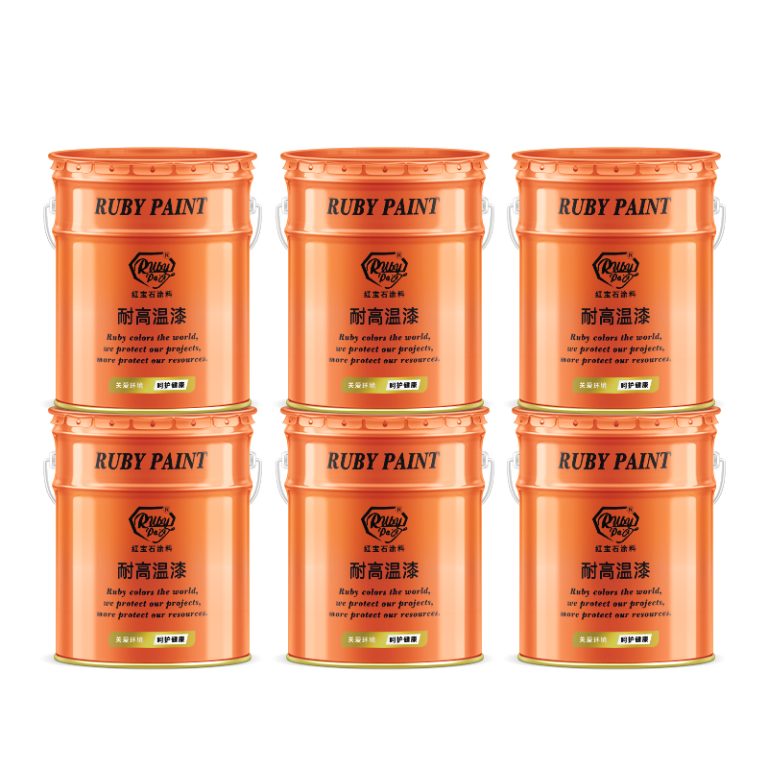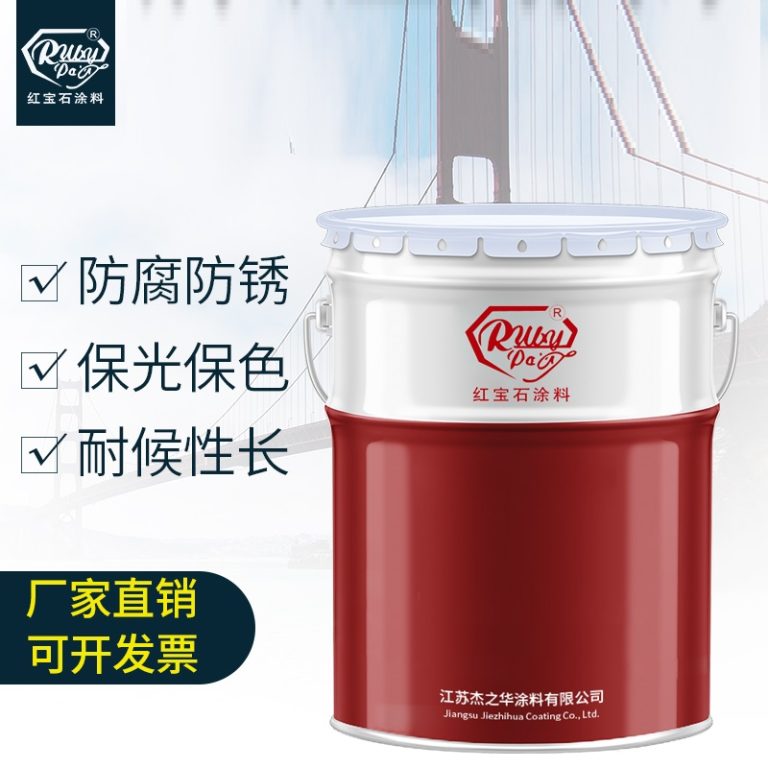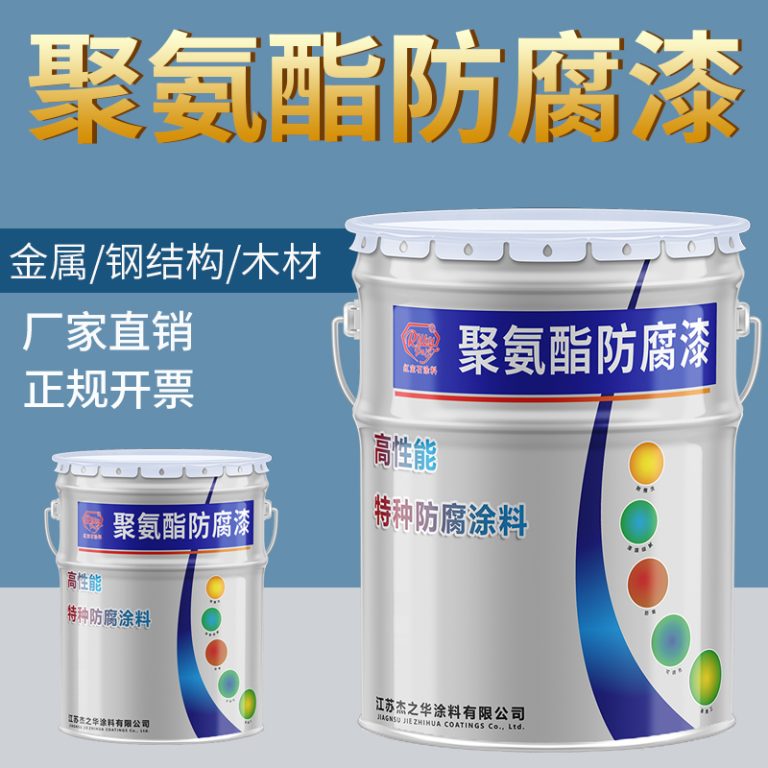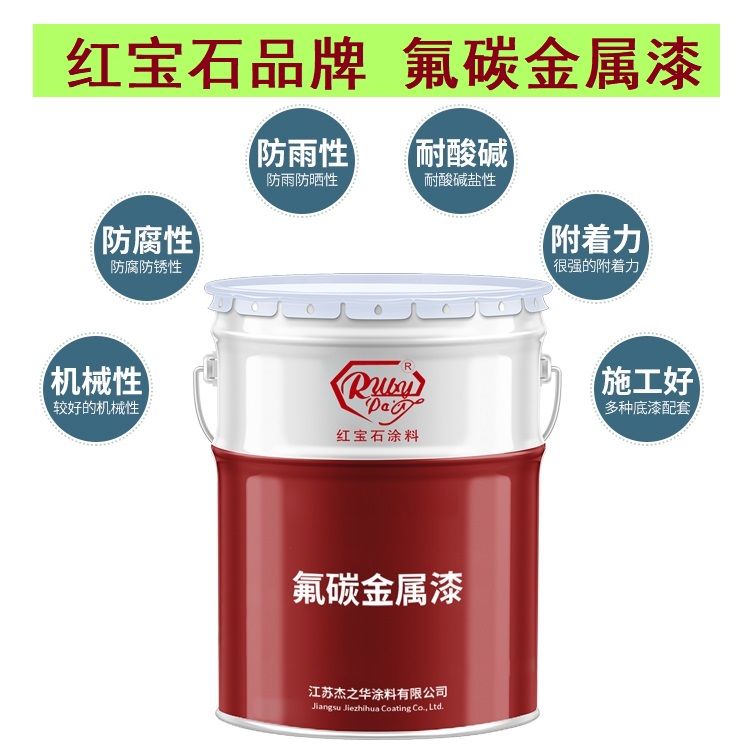Table of Contents
Beginner’s Guide to Acrylic Pouring Techniques
Acrylic pouring is a fascinating and versatile painting technique that has gained popularity among artists and hobbyists alike. This method involves mixing acrylic paint with a pouring medium and then pouring it onto a canvas or other surface to create abstract and visually captivating designs. For beginners, the process may seem daunting, but with a few simple ideas and techniques, anyone can create stunning works of art.
One of the easiest ways to start with acrylic pouring is by trying the ‘dirty pour’ technique. This involves layering different colors of thinned paint into a single cup before pouring it onto the canvas. The colors naturally blend and interact as they are poured, creating unique patterns and effects. To achieve the best results, it is important to select colors that complement each other and to experiment with the order in which they are layered in the cup.
Another simple technique for beginners is the ‘flip cup’ method. This involves placing the canvas on top of the cup filled with layered paint and then quickly flipping the two so that the cup is upside down on the canvas. After a few moments, the cup is lifted, allowing the paint to flow out and create intricate designs. This technique can produce stunning cells and lacing effects, which are highly sought after in acrylic pouring.

For those who prefer more control over the final outcome, the ‘swipe’ technique may be appealing. This involves pouring stripes of different colors onto the canvas and then using a tool, such as a palette knife or a piece of cardboard, to gently swipe through the paint. This action blends the colors and creates delicate wisps and swirls. The swipe technique can be used to create landscapes, seascapes, or even abstract compositions.
| No. | Products |
| 1 | Industrial paint |
In addition to these techniques, beginners can also explore the use of additives to enhance their acrylic pouring creations. Silicone oil is a popular choice as it helps to create cells, which are round, organic shapes that add depth and interest to the painting. By adding a few drops of silicone oil to the paint before pouring, and then using a torch or heat gun to lightly go over the surface, cells will begin to form and grow.
It is also important for beginners to understand the role of the pouring medium in acrylic pouring. The pouring medium is mixed with the acrylic paint to improve its flow and consistency, making it easier to manipulate on the canvas. There are various commercial pouring mediums available, but some artists also use DIY alternatives such as glue or Floetrol. Experimenting with different mediums and ratios can help artists achieve the desired viscosity and effects.
Finally, practice and patience are key when exploring acrylic pouring techniques. Each pour is unique, and the unpredictability of the paint can sometimes lead to unexpected and delightful results. Beginners should not be discouraged by initial failures but should instead embrace the learning process and continue to experiment with different techniques, colors, and additives.
In conclusion, acrylic pouring offers a wide range of creative possibilities for artists of all skill levels. By starting with simple techniques such as dirty pours, flip cups, and swipes, and experimenting with additives and pouring mediums, beginners can gradually build their confidence and develop their own unique style. With practice and patience, anyone can master the art of acrylic pouring and create beautiful, one-of-a-kind paintings.
Step-by-Step Tutorial on Creating Simple Landscape Paintings with Acrylics
Acrylic painting is a versatile and accessible medium for artists of all skill levels. Whether you are a beginner or an experienced painter, creating simple landscape paintings with acrylics can be a rewarding and enjoyable experience. In this article, we will explore some easy and simple acrylic painting ideas and provide a step-by-step tutorial on how to create your own landscape masterpiece.
To begin, it is important to gather the necessary materials. You will need acrylic paints, brushes, a canvas or painting surface, a palette, water, and paper towels. Once you have your materials ready, you can start by sketching out a basic outline of your landscape on the canvas. This can be as simple or as detailed as you like, but it is important to have a general idea of the composition and layout of your painting.
Next, you can start blocking in the basic shapes and colors of your landscape. Use broad strokes and a limited color palette to create a sense of depth and dimension. For example, you can use darker colors for the foreground and lighter colors for the background to create a sense of distance. You can also experiment with different brush techniques, such as dry brushing or stippling, to add texture and interest to your painting.
As you continue to work on your painting, you can refine the details and add more layers of color. Pay attention to the light and shadow in your landscape, and use highlights and shadows to create a sense of realism and depth. You can also add details such as trees, rocks, or water to enhance the overall composition of your painting.
Once you are satisfied with your painting, you can add the finishing touches. This can include adding a final layer of varnish to protect your painting and enhance the colors, or adding a frame to display your artwork. Remember to sign your painting and take a moment to appreciate your hard work and creativity.
| Nr. | Name |
| 1 | Fluoracarbon primer paint |
Creating simple landscape paintings with acrylics is a great way to explore your artistic abilities and express your creativity. By following these easy and simple acrylic painting ideas, you can create beautiful and unique landscapes that capture the beauty of the natural world. Whether you are a beginner or an experienced painter, acrylic painting is a fun and rewarding medium that allows you to experiment with color, texture, and composition. So grab your paints and brushes, and start creating your own landscape masterpiece today!

